As promised, this is the second part of my cycling adventure in Ibaraki Prefecture. Read Part 1 to see what Hokusai has to do with the lake.
After crossing the Kita-Tone Bridge, we finally reach the lake and keep cycling westward following its southern shore. This part of Kasumigaura is rather narrow and we can see the northern shore across the glittering waters. The mighty Mount Tsukuba rises farther back, its imposing blueish shape standing out on the horizon.
Pushing my heavy three-speed rented bicycle along the Ring-Ring Road, I’m easily overtaken by a score of road bikes. For those with enough stamina and an adequate bicycle, the Circuit Course is around 130 km long.
We finally reach the Ukishima Marsh and its most popular spot, Myogi no Hana, a low-lying wetland famous locally as a birdwatching spot. Its current area is said to be about 52ha. It used to be larger but has gradually decreased due to reclamation and embankment construction carried out from the mid-20th century.
Myogi no Hana is a typical kayaba (wetland overgrown with reeds) and is said to be one of the largest reed beds in the Kanto region. The name kayaba comes from the fact that it resembles a thatched roof.
Near the south shore of this nose-shaped marsh there is a hut from which one can observe some kind of birds all year round. In particular, this marsh is known to be a breeding ground for Japanese reed buntings, marsh grassbirds, oriental reed warblers and black-browed reed warblers.
On the way back to Itako, the wind blowing in my face was so strong that I could barely move my derelict bike. That night I had cramps in both legs.
And more flood gates. I don’t know why I’m so fascinated with them but I just love them.
I also found this jizo near a bridge. These bodhisattva are always depicted as Buddhist monks and can be found everywhere in Japan. They are said to be guardians of children and patron deities of deceased children and aborted fetuses. These statues are not only common in cemeteries but can be also found on the roadsides as they are believed to protect travelers.
Back to Itako, if you still have some energy left you should pay a visit to the canal area west of the station (famous for its Iris Festival in early summer. I went there last year) and Choshoji, a Buddhist temple founded in 1185 by Minamoto no Yoritomo to pray for his prosperity as a warlord.
It also houses many national, prefectural and city-designated cultural properties including a bronze bell from the Kamakura period.
Thanks as always for your time. And if you are new to Tokyo Calling, you may be interested in reading about the Beatles’adventures in Tokyo, my interview with architect Kuma Kengo, my close encounter with Covid-19, or why idling in not such a bad thing.
And please be sure to spread the word about Tokyo Calling. You’ll earn some useful karma point!

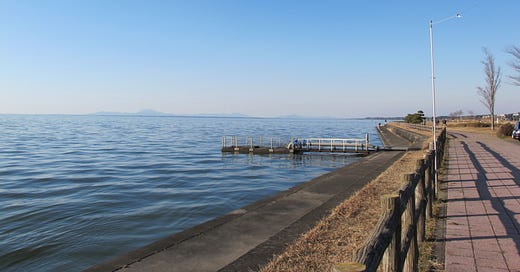



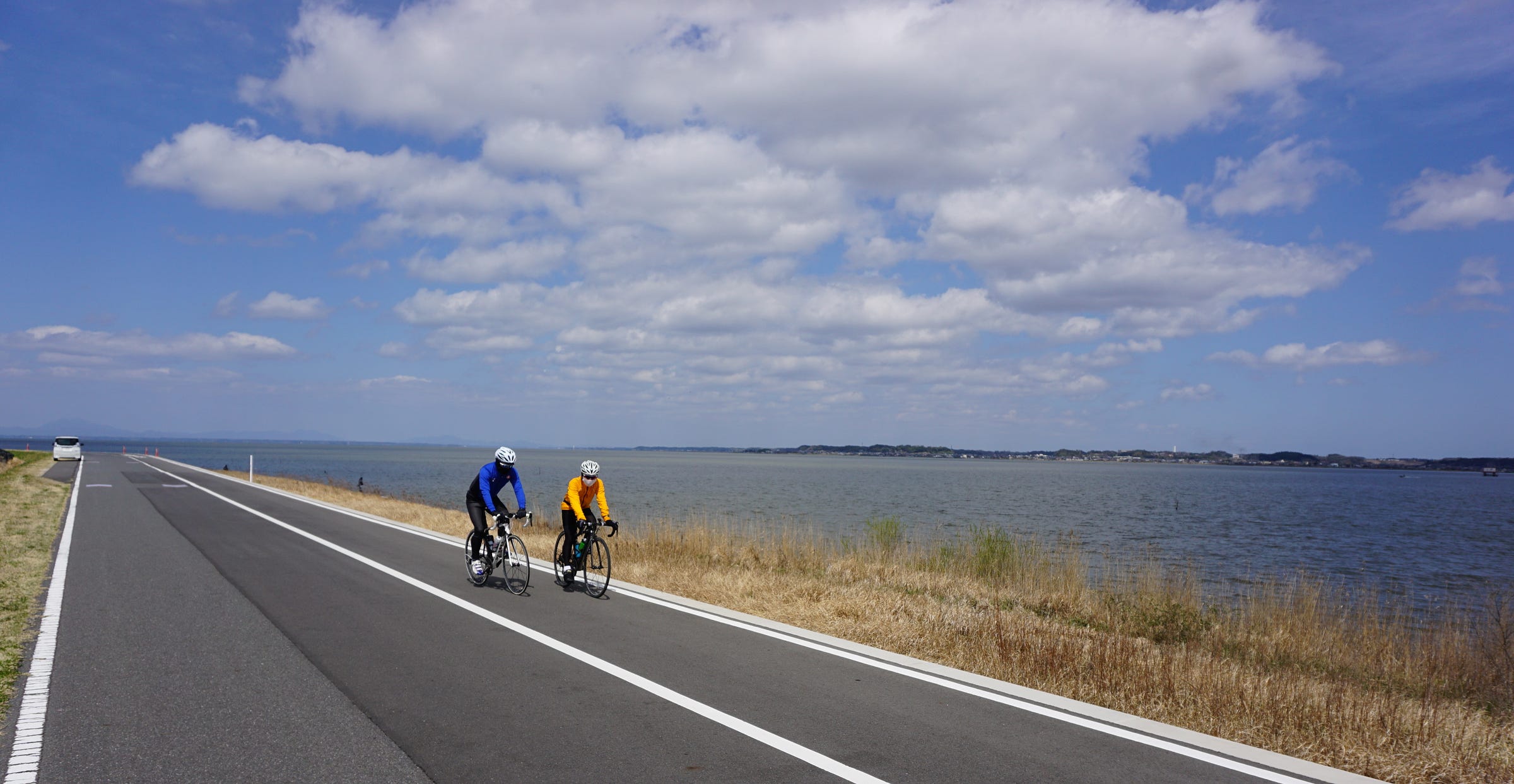
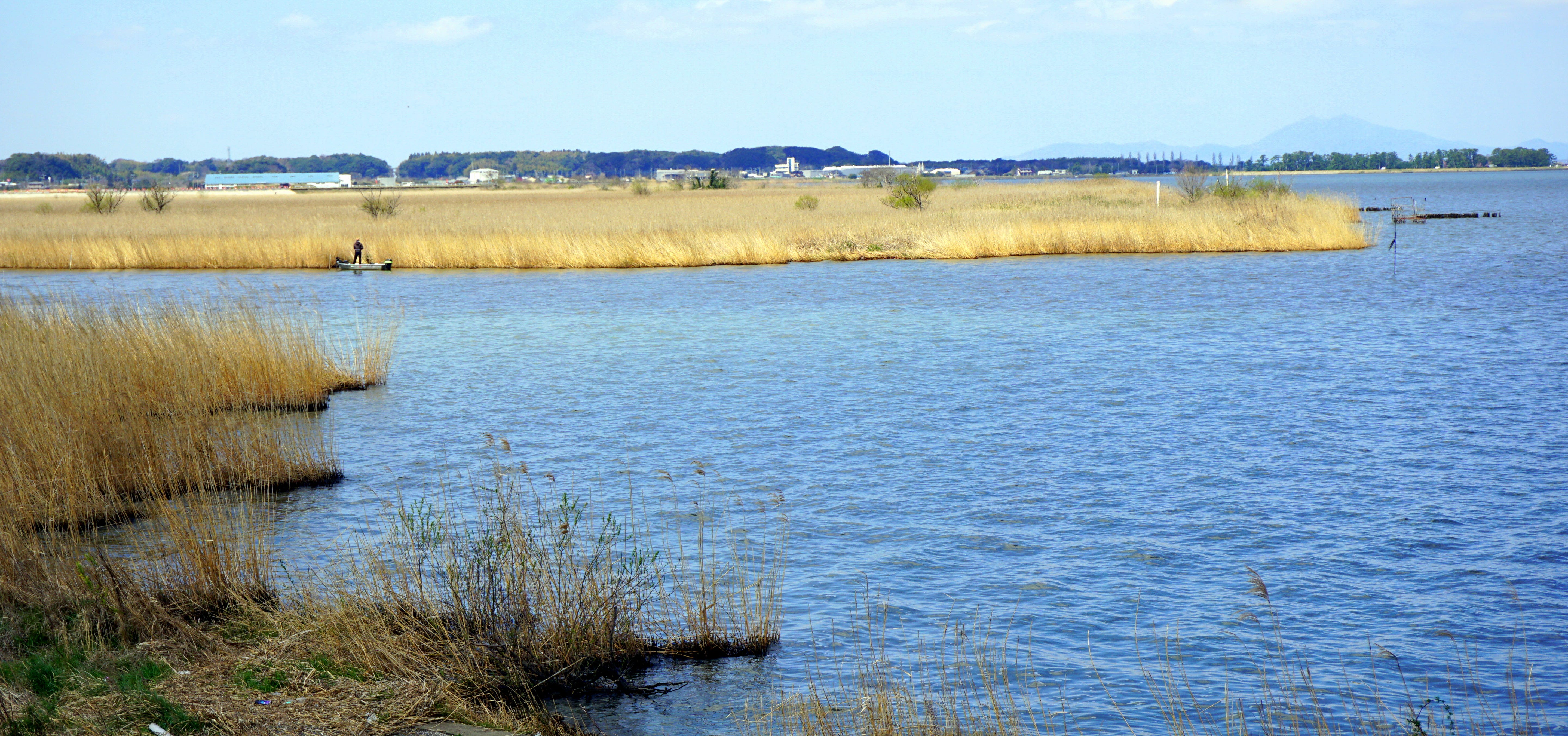
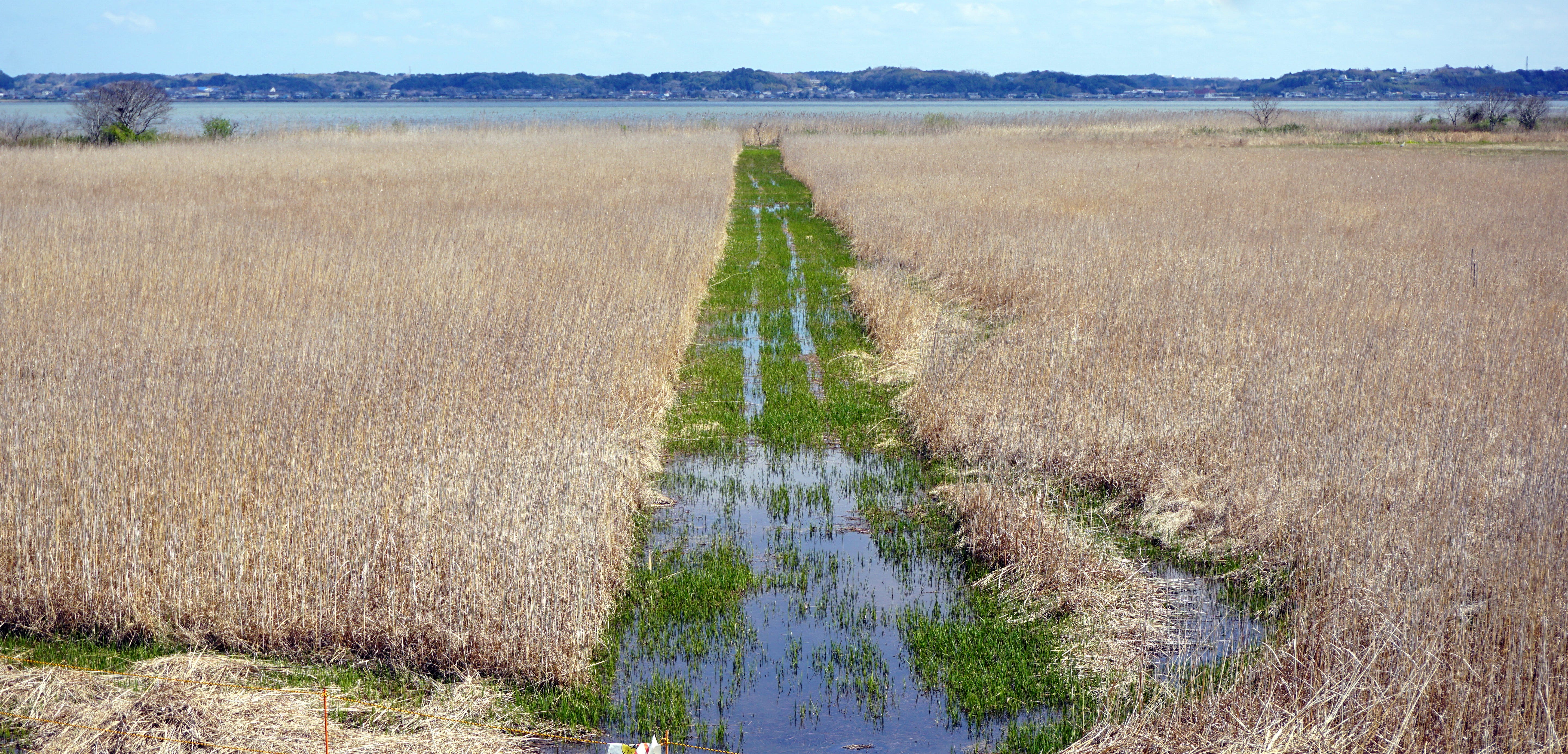
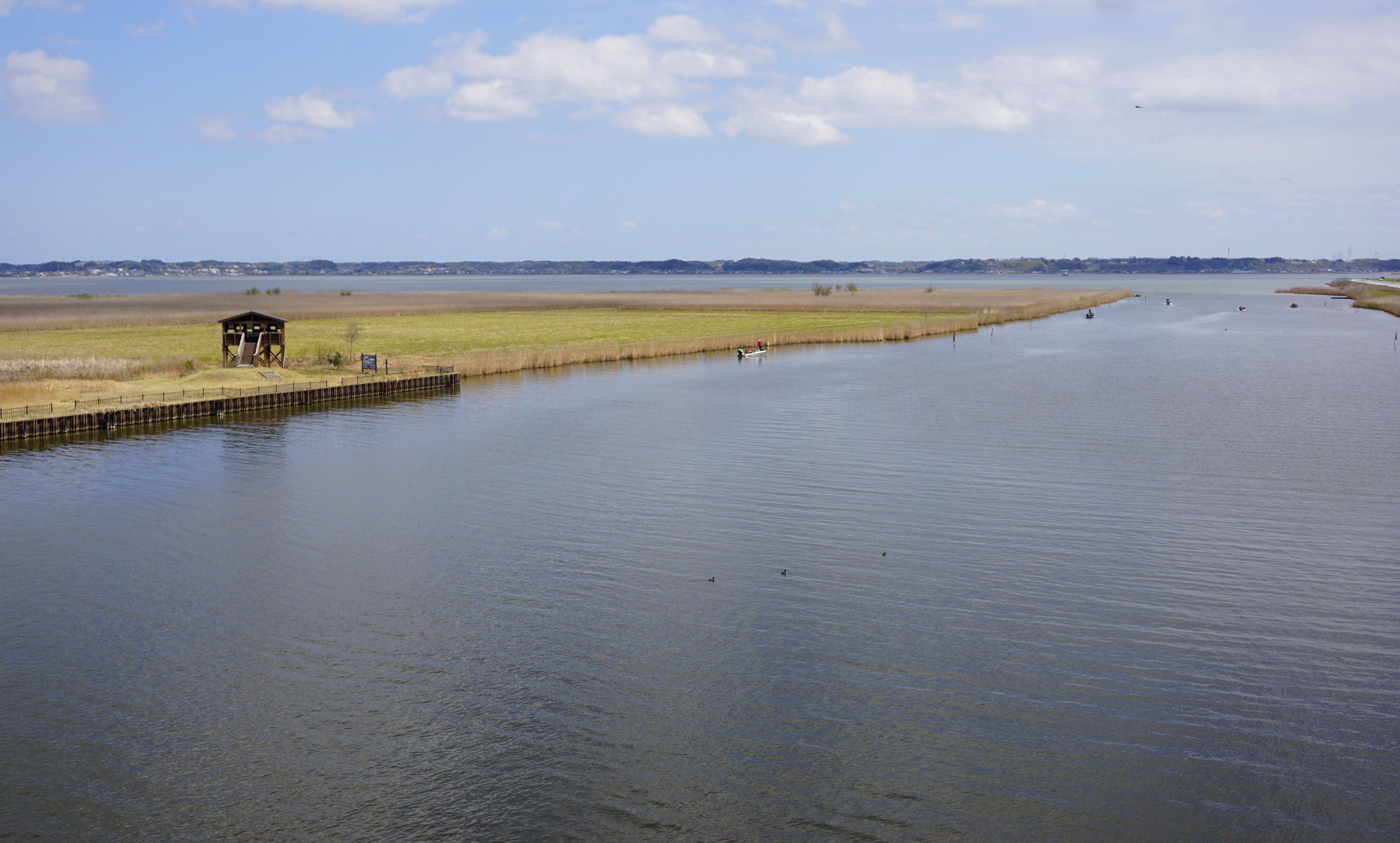
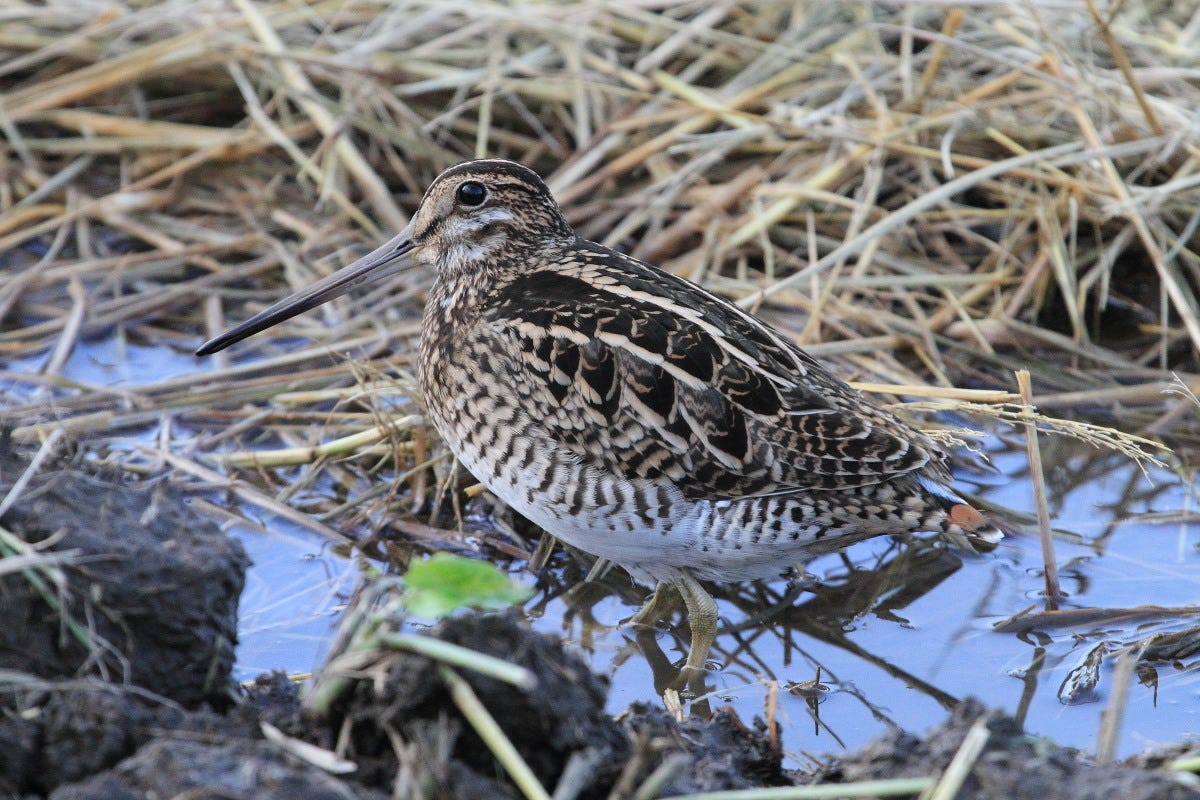
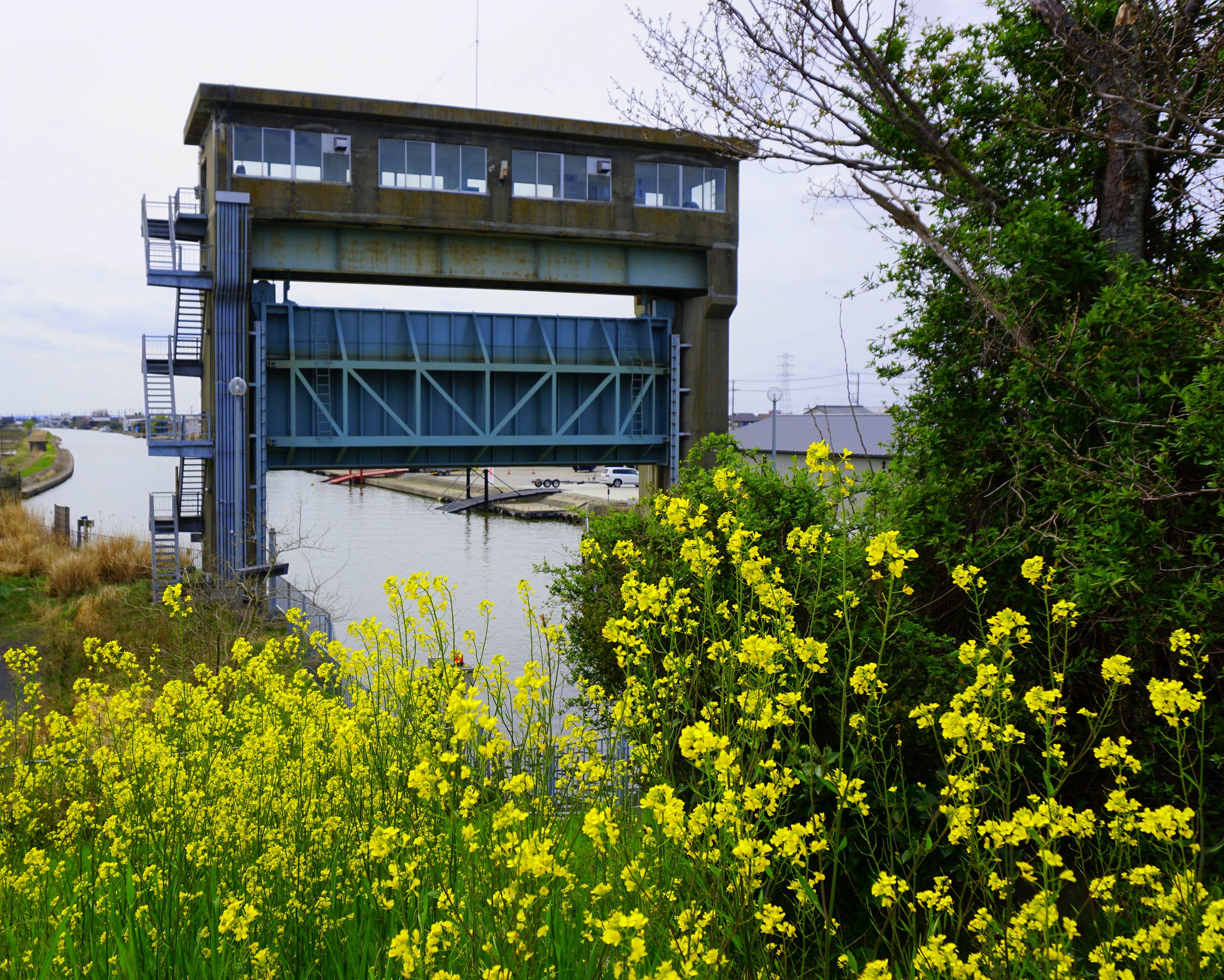
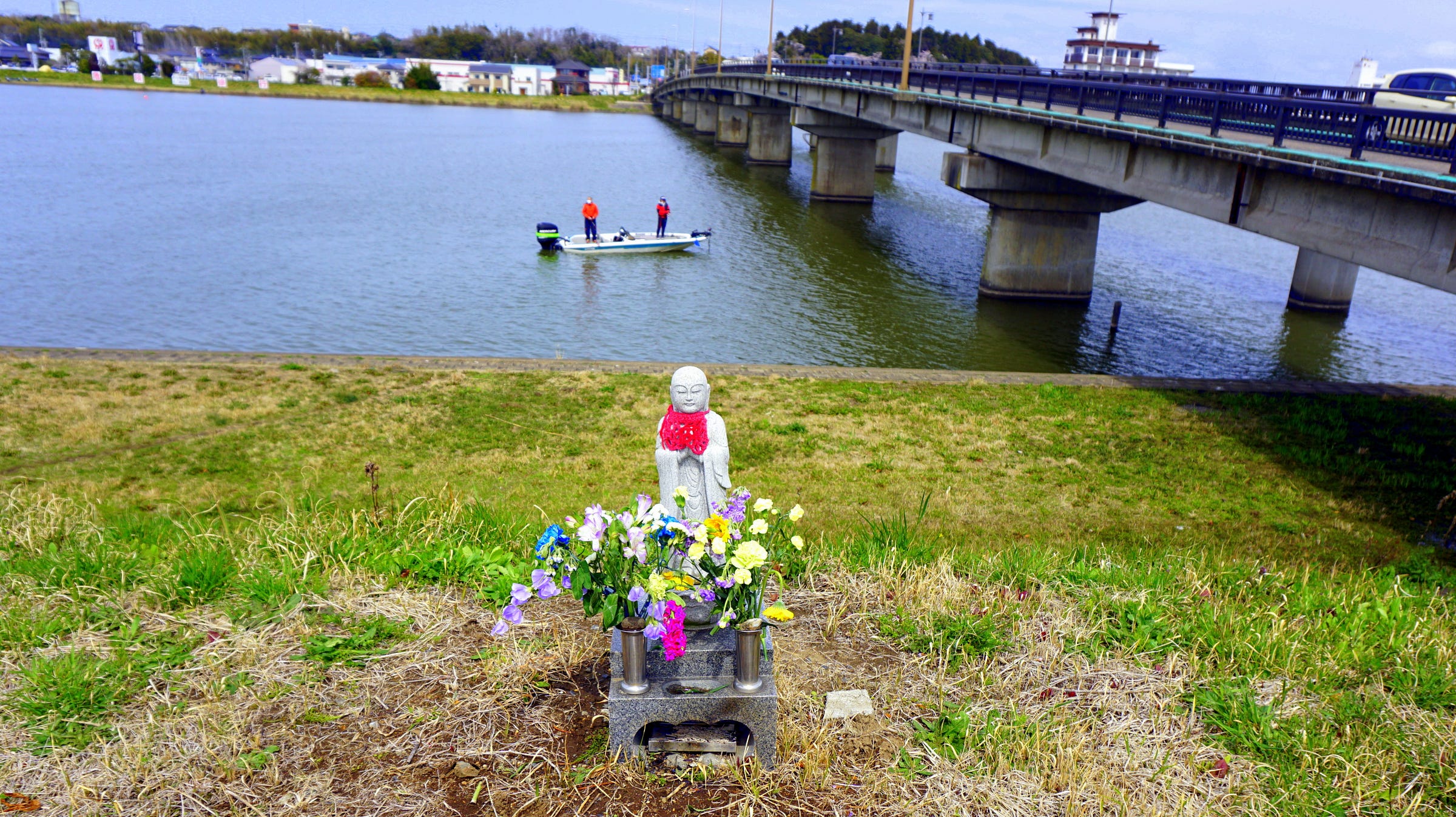
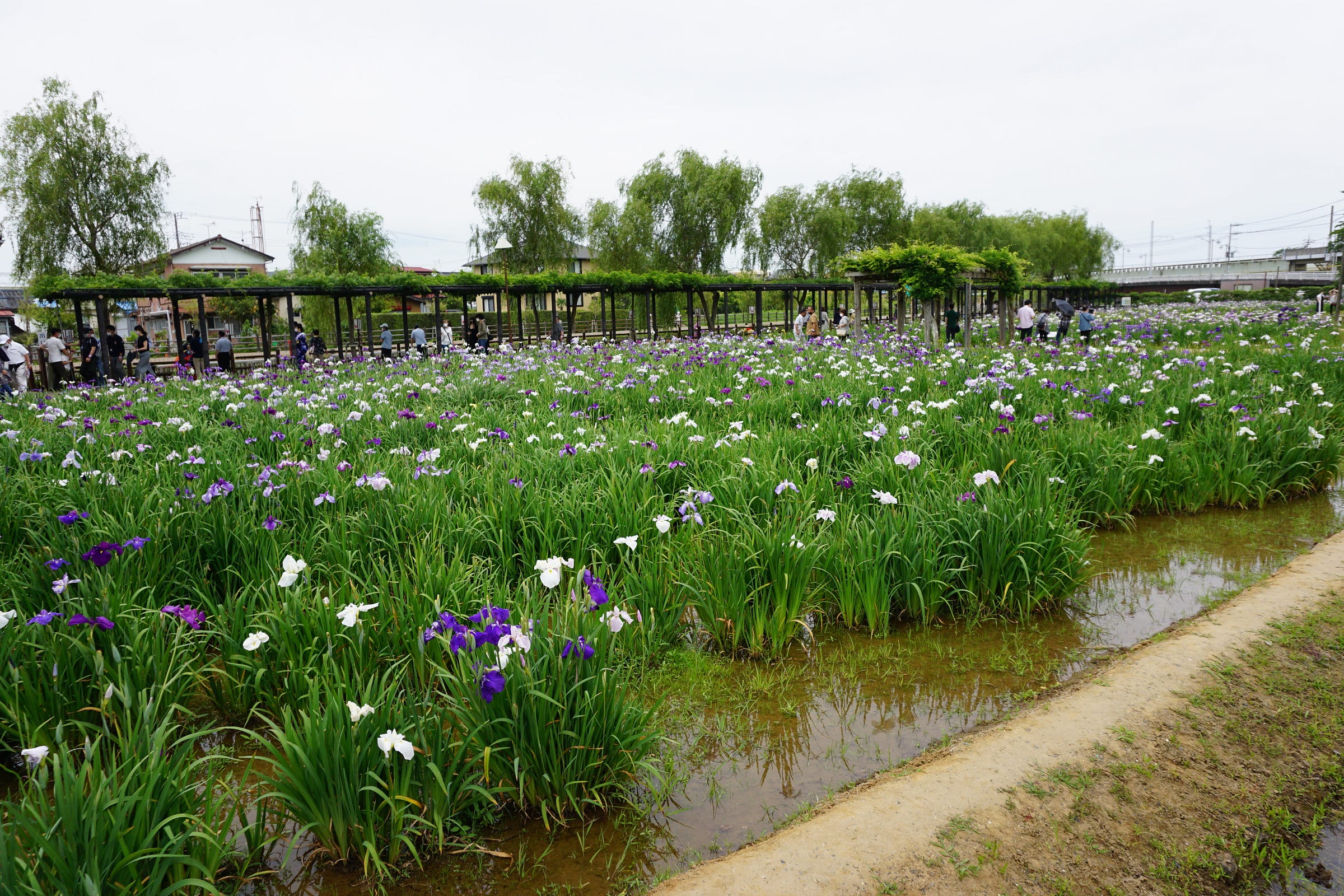
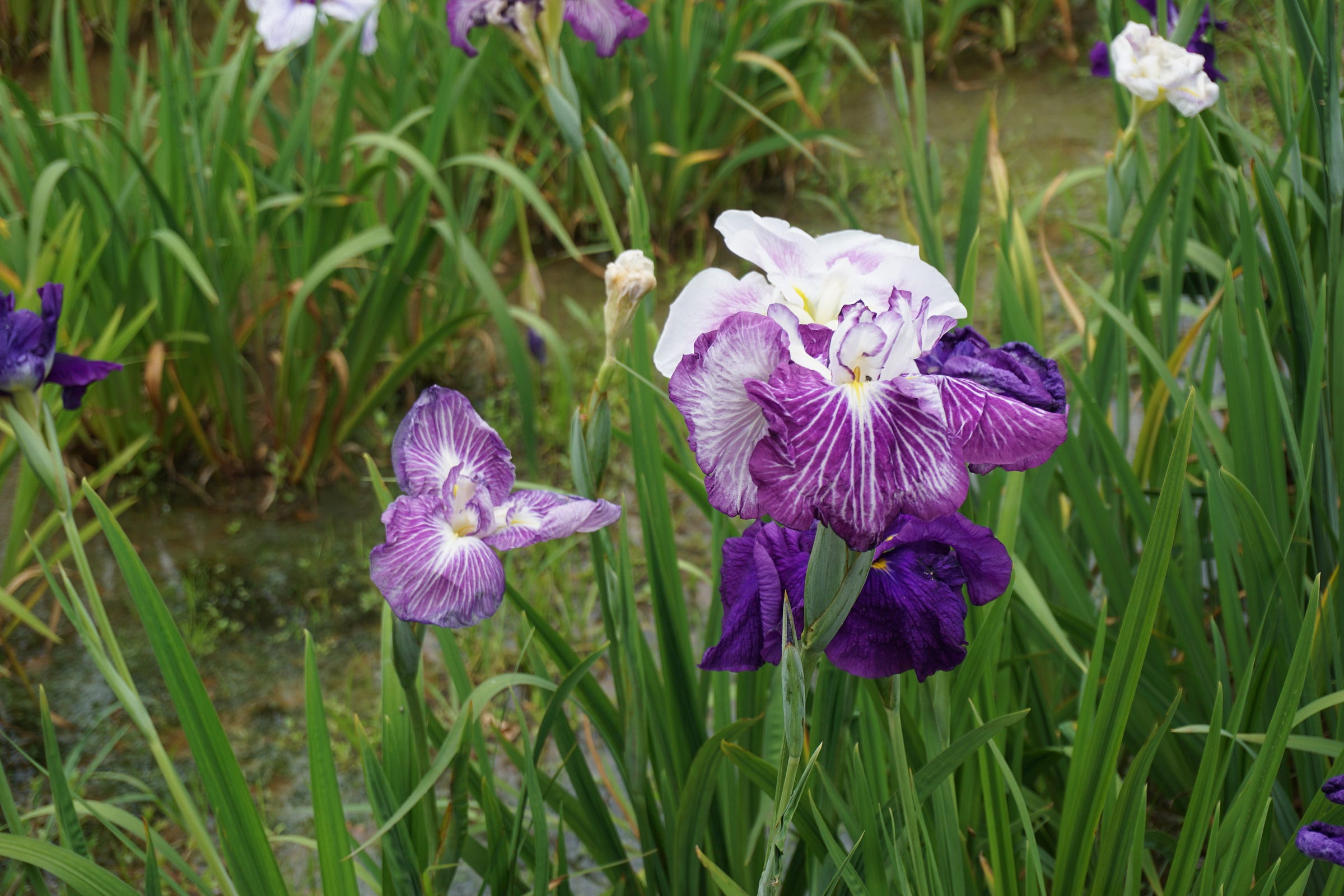
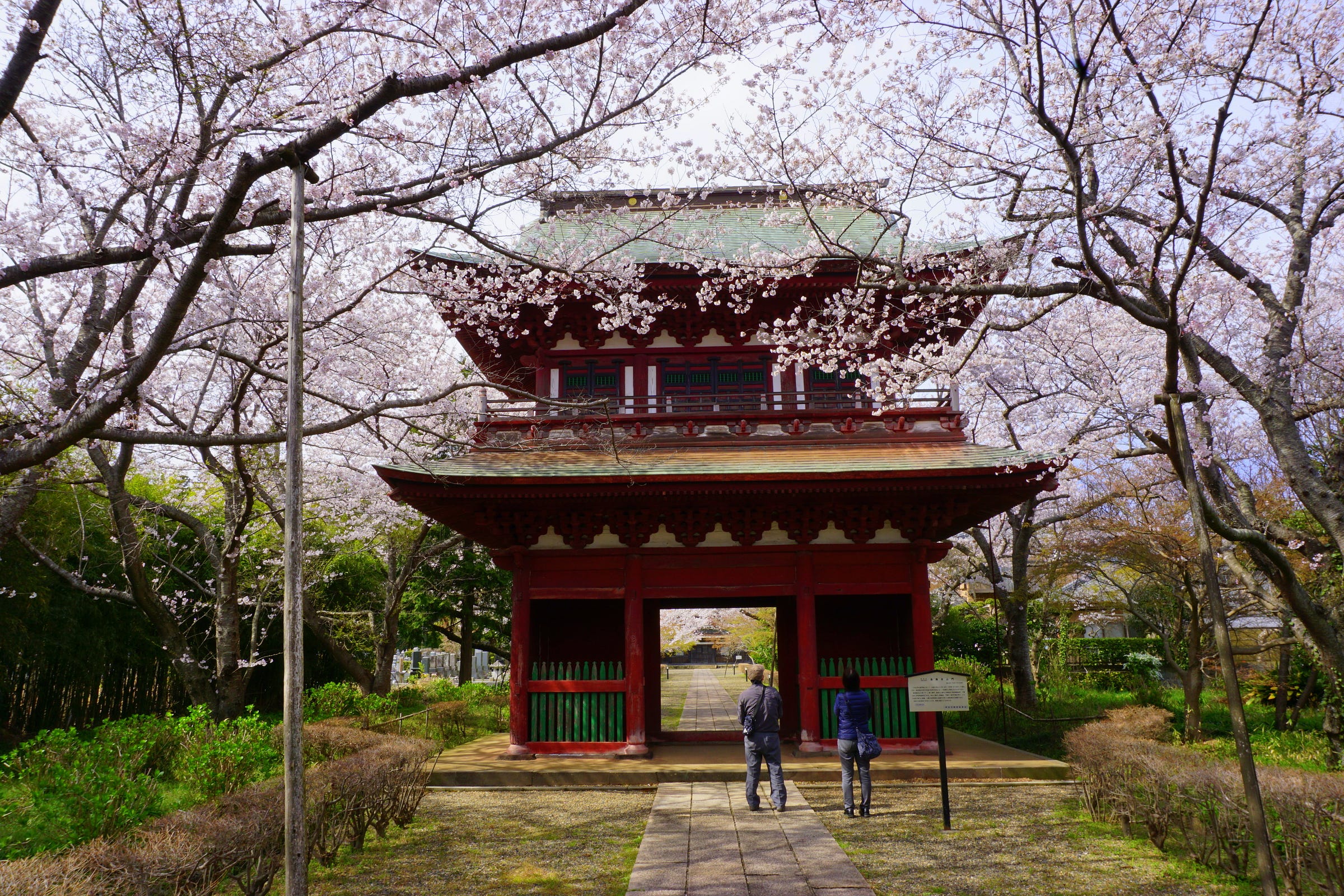
Thank-you for introducing us to this intriguing part of Japan Gianni. Your writing and photos are superb. Wherever one travels there is something exciting to see it seems. In addition to the movie you shared about rice growing, the book ‘Memories of Wind and Waves’ by Junichi Saga (translated by Juliet Carpenter Winters) contains compelling stories about the traditional fisher-people of Lake Kasumigaura. There lives were also tough by modern standards. These glimpses into the past make you appreciate what we have today and also what has been lost.
How beautiful, Gianni. I love the Bodhisattva protecting travelers.